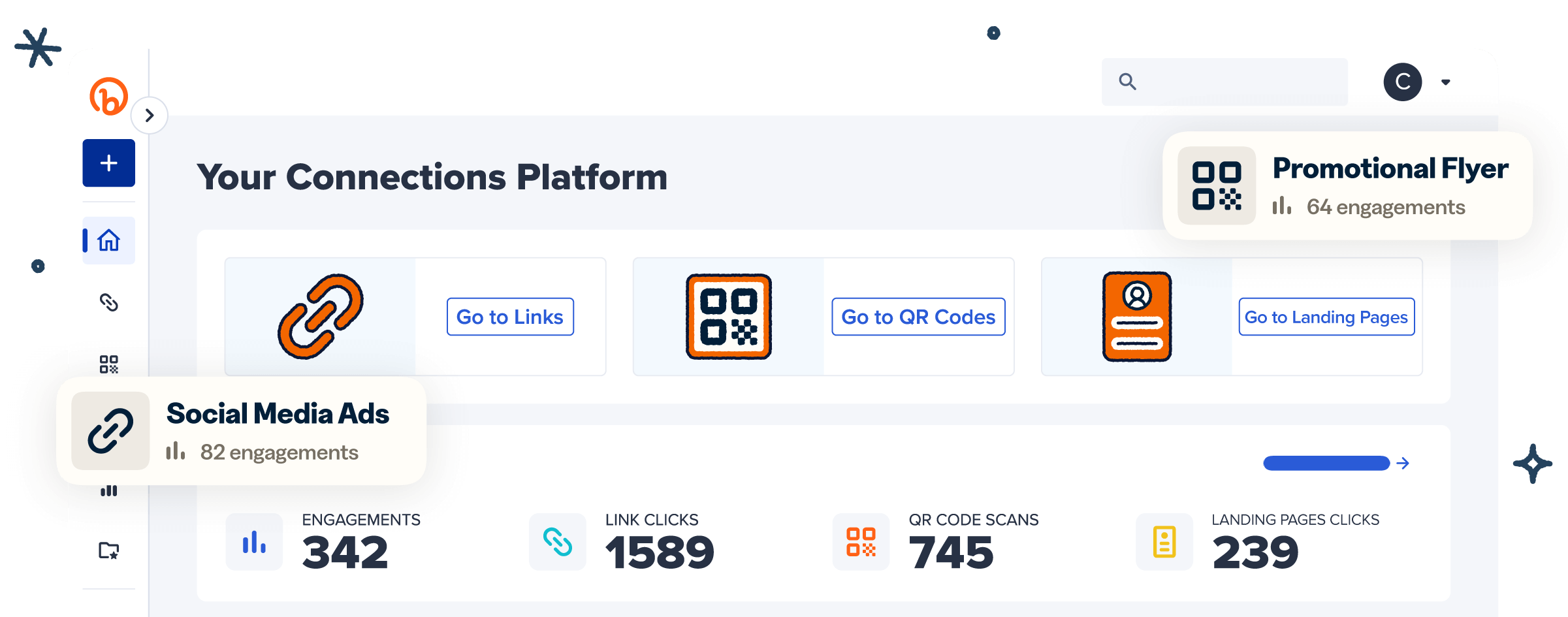Mobile deep linking is evolving at a rapid pace and major developments continued this week at the Apple WWDC. As Google, Bing, and Facebook expand their features in the mobile ecosystem, Apple followed suit with a few of their own deep linking announcements. One thing is certain – with the Apple stamp of approval, deep links are finally starting to take off and mobile-savvy marketers should be preparing a strategy for how to use deep links across all of their channels.
Let’s dig in a little to the newest additions coming with the Fall release of iOS 9:
Search via Deep Links
Apple will now enable Spotlight search results to deep link directly into the app if it’s installed. This move mirrors Google’s Now on Tap feature, where the native search functionality on your iOS device will deep link directly into the app on your mobile device. If you don’t have the mobile app installed, the search results will send you to Safari.
Apple has a few different ways for developers to let them know what content they should use for indexing their apps, the first is a set of APIs for developers and the second is through meta tags on your website pages.
Content Indexing via Apple’s Core Search APIs
The Core Search API lets developers tell Apple what content in their mobile app should be considered for indexing and how to reach the specific content. By providing this API, Apple is giving developers a way to maintain a database of information as input for Spotlight’s search results.
For example, if you are searching for a place to watch NFL football games, Foursquare has told Apple the types of venues which are sports bars and these locations will appear in the search results.
The User Activity API allows specific actions or activities supported by the app to be deep linkable. Mobile app content is more directly related to specific states and context of the user. Therefore, the app needs to be more aware of which action a user is trying to accomplish.
Apple explains:
For example, the Health app indexes its sections to make them available to all users. When a user searches for “steps,” Search lists an item that displays the user’s current steps; tapping the result automatically opens the Steps area of the Health Dashboard. Because “steps” is marked as a publicly searchable item, users who have never tracked their steps in the Health app also receive a link to the Steps area when they search for “steps.”
Since Apple is enabling developers to self declare their content and how it should be indexed, Apple will need to put controls in place so combat apps trying to boost their rankings. They make this clear as they warn developers against gaming the system:
Be sure to avoid over-indexing your app content or adding unrelated keywords and attributes in an attempt to improve the ranking of your results. Because iOS measures the level of user engagement with search results, items that users don’t find useful are quickly identified and can eventually stop showing up in results.
Web to Mobile App via Meta Tags
As Google, Facebook, and Twitter have outlined their own standards for html meta tags to map web content to mobile app content, Apple is emphasizing the importance of their own meta tags. Adopting the Apple Smart Banner meta tags is the simplest method for making your app content available for indexing. Another available option is to annotate your web content using a structured data format supported by Apple such as Schema.org.
Universal Links
One other announcement which was not a major part of the keynote was the new ability to simplify the handoff of web links to native mobile apps. Apple calls these Universal Links. The new direction for Apple means native apps are more closely going to be able to transition between content as the links are handled by iOS 9. Apple is trying to break down the biggest challenge by providing developers the tools to handle links while letting the phone handle the resolution and customer experience to navigate back to the source app.
Impact
The biggest hurdle going forward for Apple with be the adoption of these new tools for both app developers and enterprises as they try and take advantage of iOS 9. One clear sign points to further emphasis on apps first supporting deep linking and yet another reason to include deep link meta tags on web content.
Apple is clearly focused on becoming more central in directly controlling the user discovery by competing directly with Google in search. I think it is safe to say in-app content has finally arrived. More importantly, deep linking adoption will now increase more rapidly, meaning that there will be more possibility for marketers to deliver a great in-app customer experience going forward.




